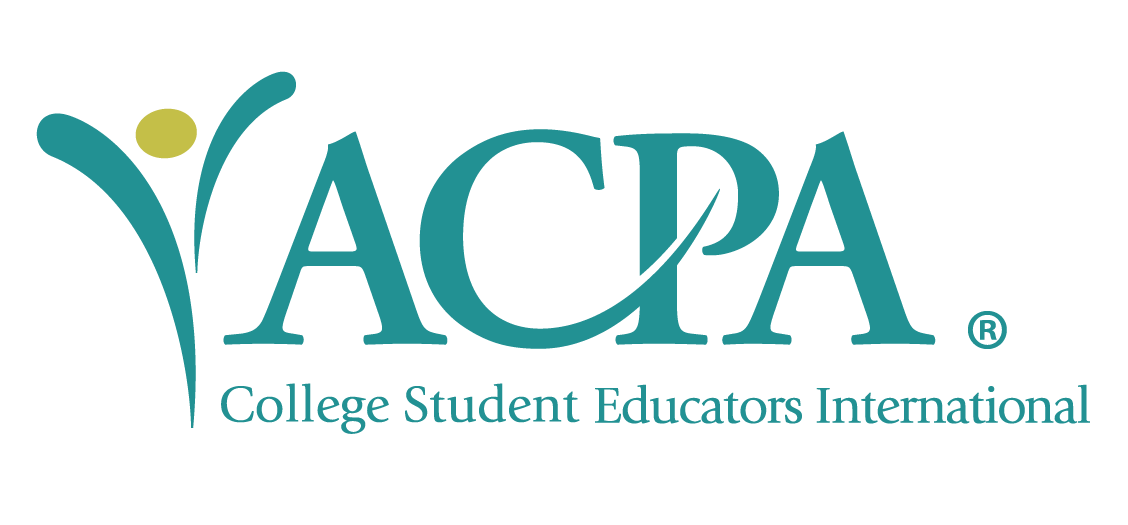By: Sarah Schoper
I have a visible physical disability called foot drop (or drop foot…not sure why they can’t keep the name consistent) that I gained after experiencing a Traumatic Brain Injury (TBI). I acquired this disability in January 2015, which means I will soon celebrate my four-year anniversary. I lived 37 years without a physical disability, and absolutely identified as one of “those” well-intentioned fully able-bodied people prior to my TBI. I can now look back and see much more clearly how all of my intentions were just that – intentions and not action.
I realize that there is no way I could have known what it was like to have a disability prior to having one, so I probably shouldn’t be too hard on myself. Yet, at the same time, I find myself now uniquely able to provide a bit of insight to those more fully able-bodied as to what it is like to live in our world with a physical disability. Furthermore, I can also provide kinship to others similarly traveling through the world with physical challenges. Perhaps the three points shared below are not a surprise to you, but I know that for me it was not insight I had heard expressed previously. I share these insights now with the intention of them informing your own experiences, whether that be through solidarity, allyship, or education.
Point One: As a fully able-bodied person, I knew the standard bits about Universal Design (UD) such as graduated curbs being welcoming for those in wheelchairs or with other walking challenges. As a person who walks the world now with a cane and limited daily steps, I am much more aware of how many automatic door open buttons (the buttons with the blue wheelchair symbol on them that one can press to have the door open) are placed in locations that are fully inaccessible to using them and the door. In these moments, my cane becomes my arm extension, allowing me to push the button via a greater distance. However, not everyone has a cane and I often push the button for several of us.
Point Two: As a fully able-bodied person, I honestly never thought about how those with physical disabilities kept in shape. My excuse is that I was too focused on my own efforts to stay physically active, but I own it…this was just an excuse, of which I am not proud. Now, I’m much more aware of how daily exertion due to a mostly UD unfriendly world keeps folks with physical disabilities in shape. Therapies including speech, occupational, physical, and mental were almost all areas I knew minimal about, beyond thinking that they are quite serious to need, prior to my life explosion. Today, I do my best to normalize all therapies by sharing my involvement with them, similar to how open and motivational I used to be about going to the gym.
Point Three: As a fully able-bodied person, I don’t recall ever outright asking what happened to a person with a physical disability. However, with the amount of times I’ve been asked that question by folks I do not know, I’m willing to bet I came close to asking. What I do know is that I did the eye-shift-away to keep from looking at the person with a physical disability when they walked into a room; as though giving no eye contact meant I was being welcoming. It does not. I was not. I’ve now learned what Lisa Dembouski (2018) labeled “smoothing,” which is a reference to the activity of making others feel better about things, to not be afraid, to feel reassured, and that I am competent and can contribute. I am constantly “smoothing” for those around me so they feel more comfortable…and it can be exhausting. Yet, “smoothing” is necessary in order to participate.
If you have points you’d add to this list, or would like to share your thoughts and/or ask a question, please feel free to contact me at: sarahschoper@gmail.com.
Reference:
Dembouski, L. M. (2018). “The instructor is partially def”: DHH professing in higher education” (pp. 77-91). In Jeffress, M. S. (Ed.) International perspectives on teaching with disability: Overcoming obstacles and enriching lives. New York: NY: Routledge.

